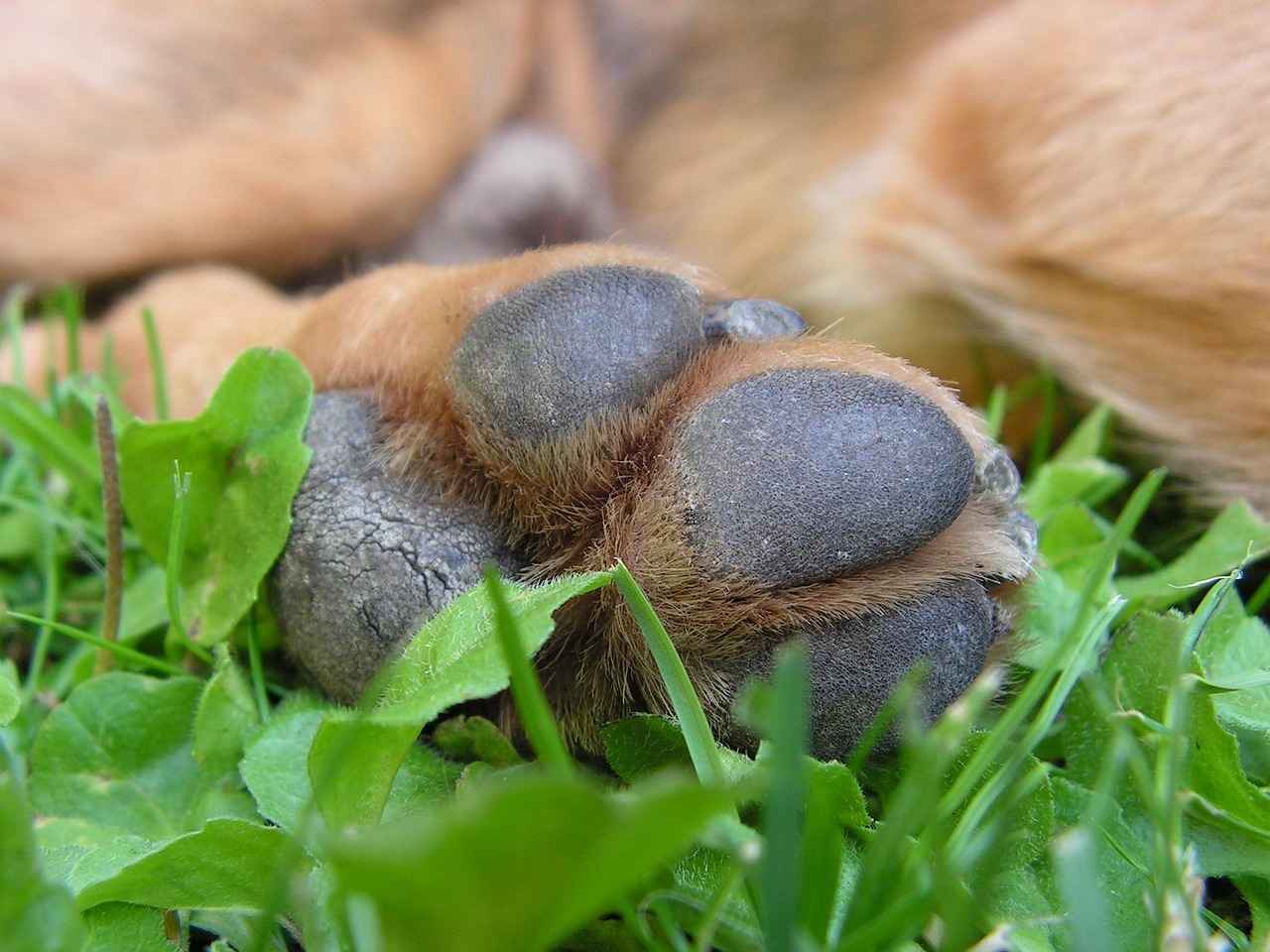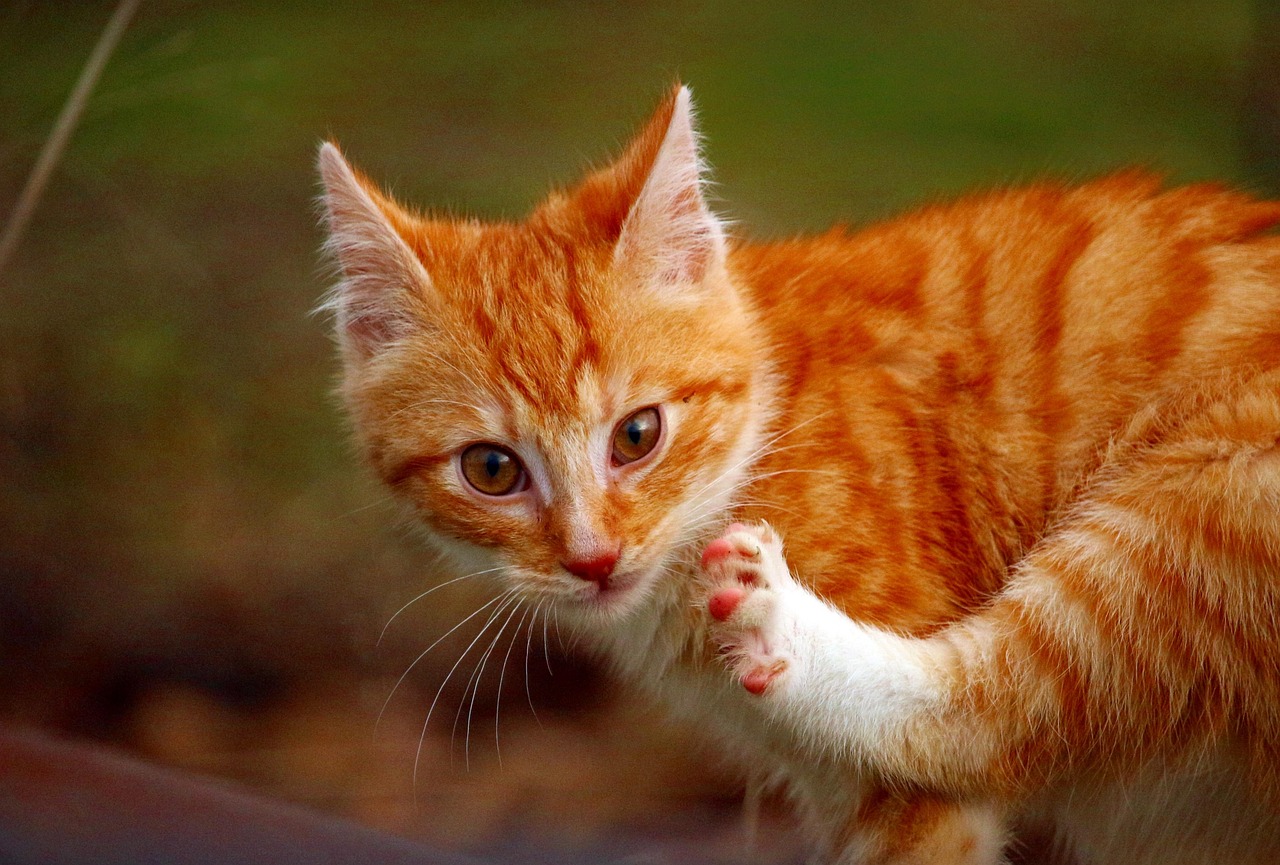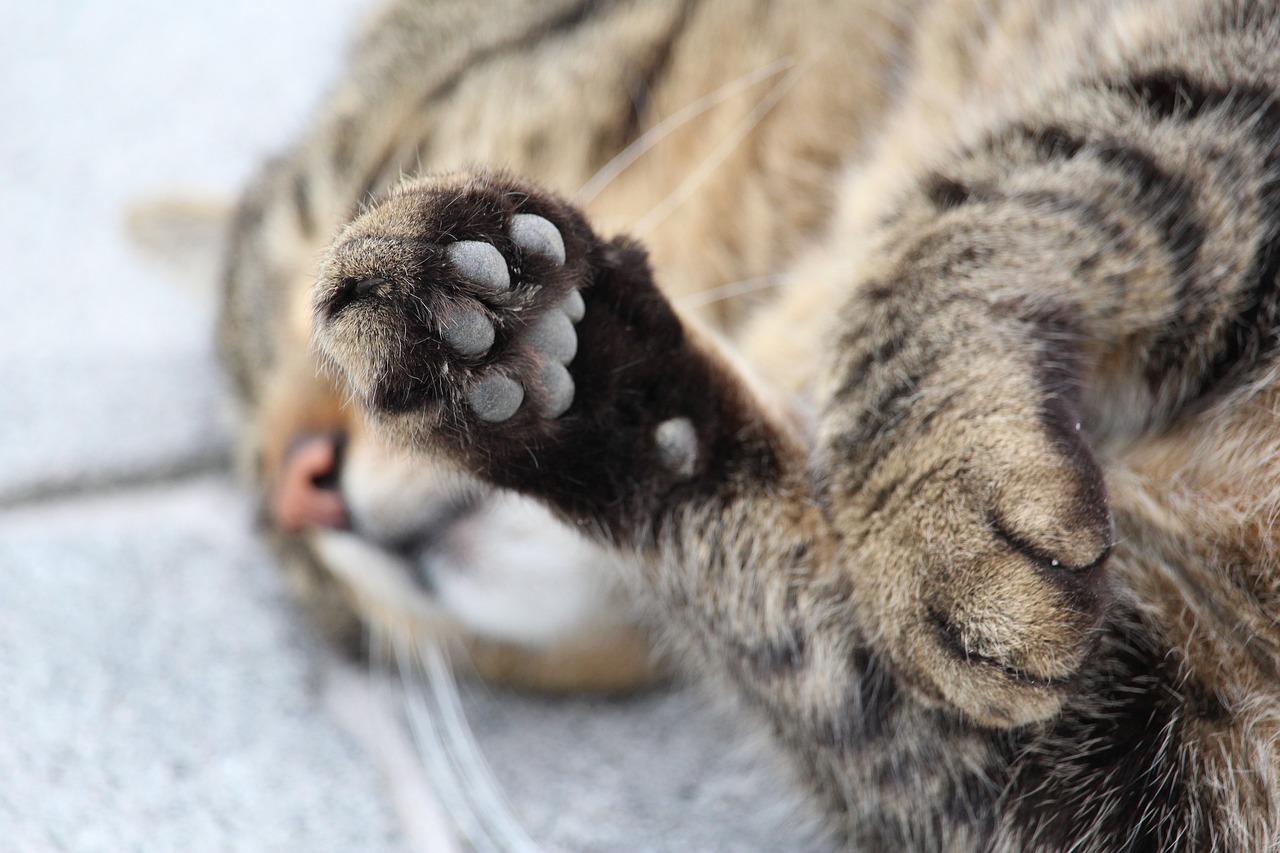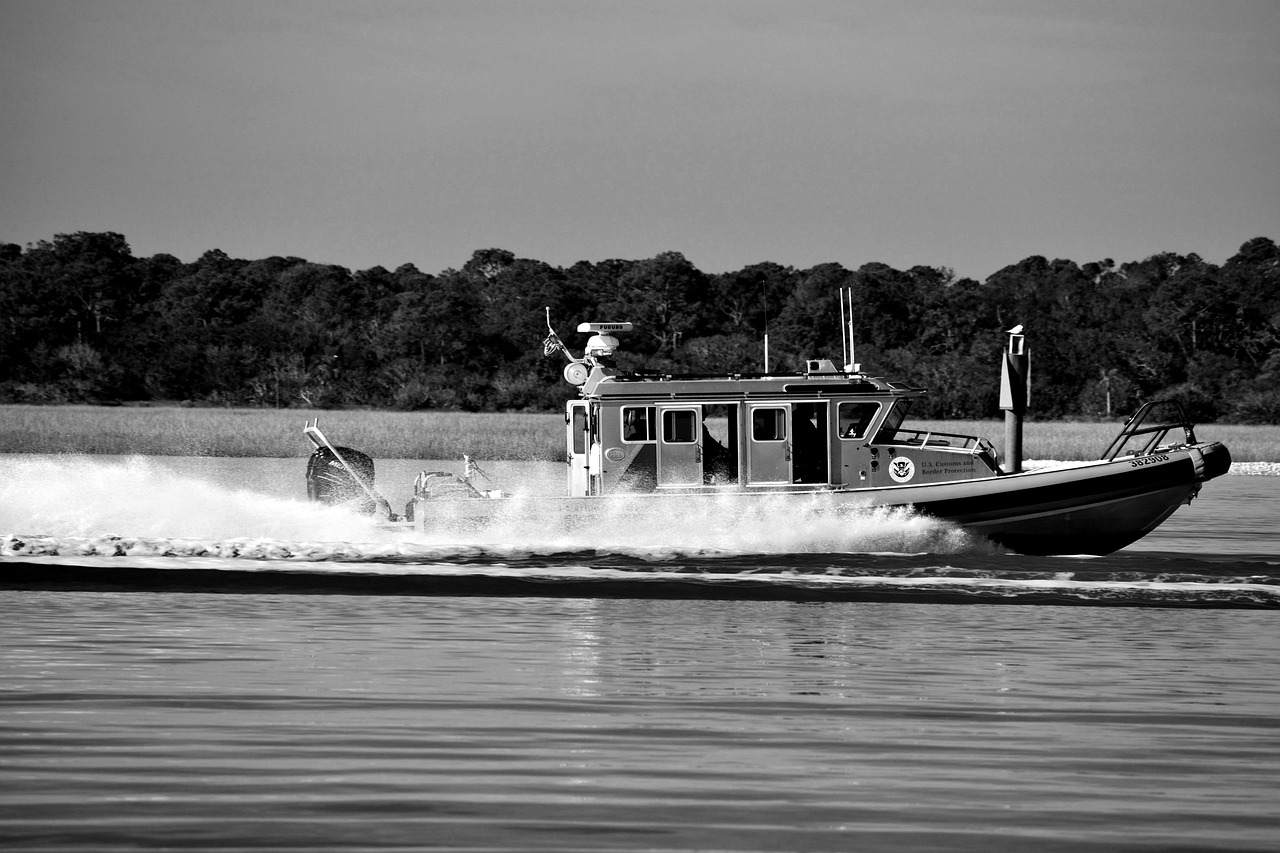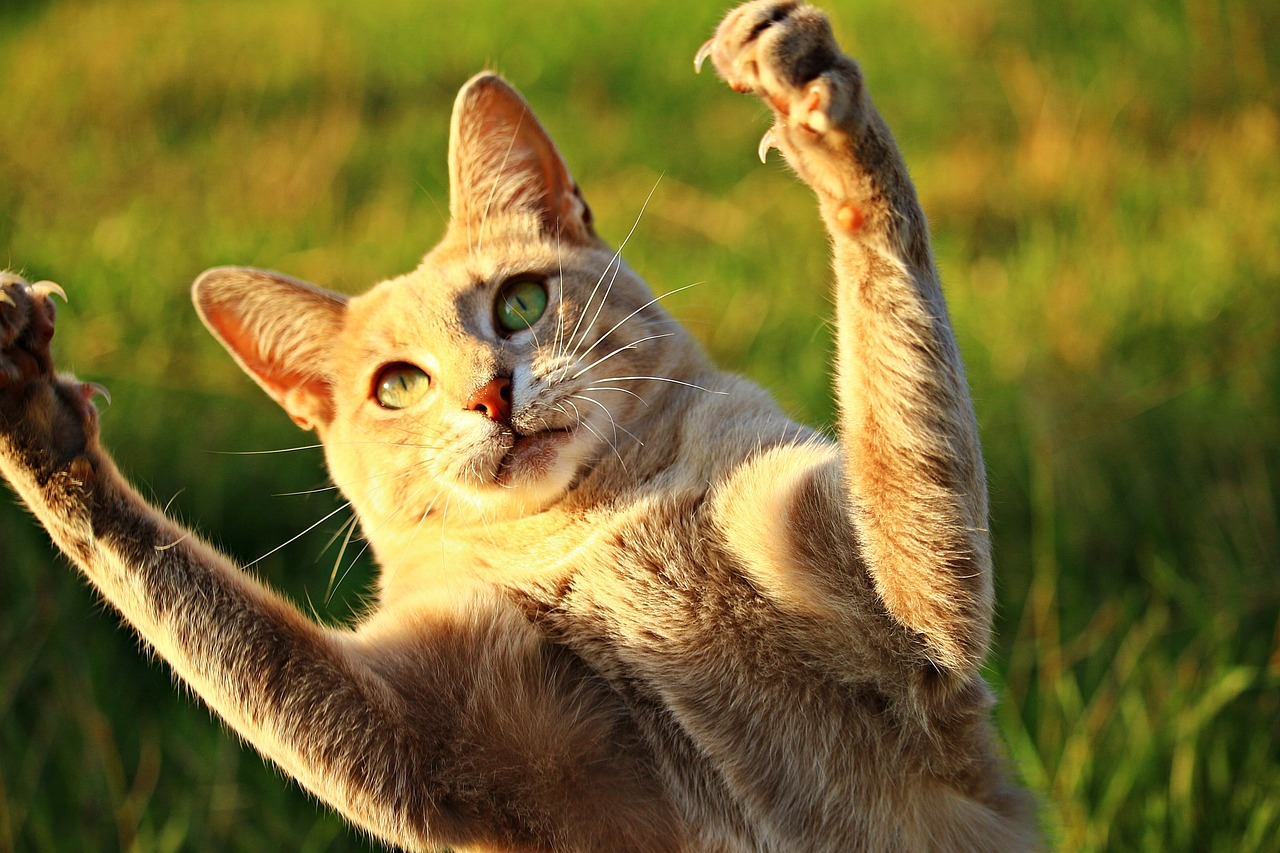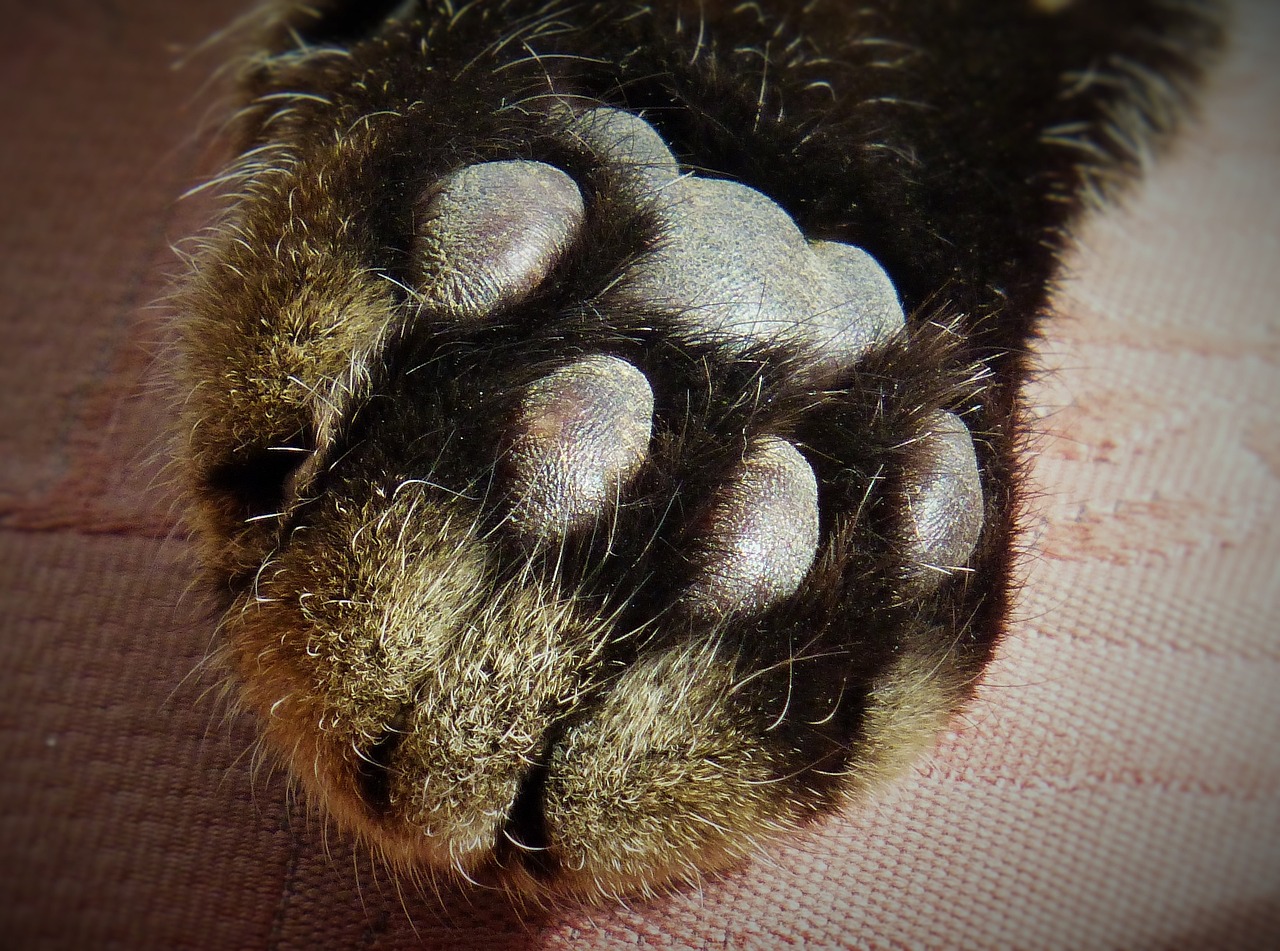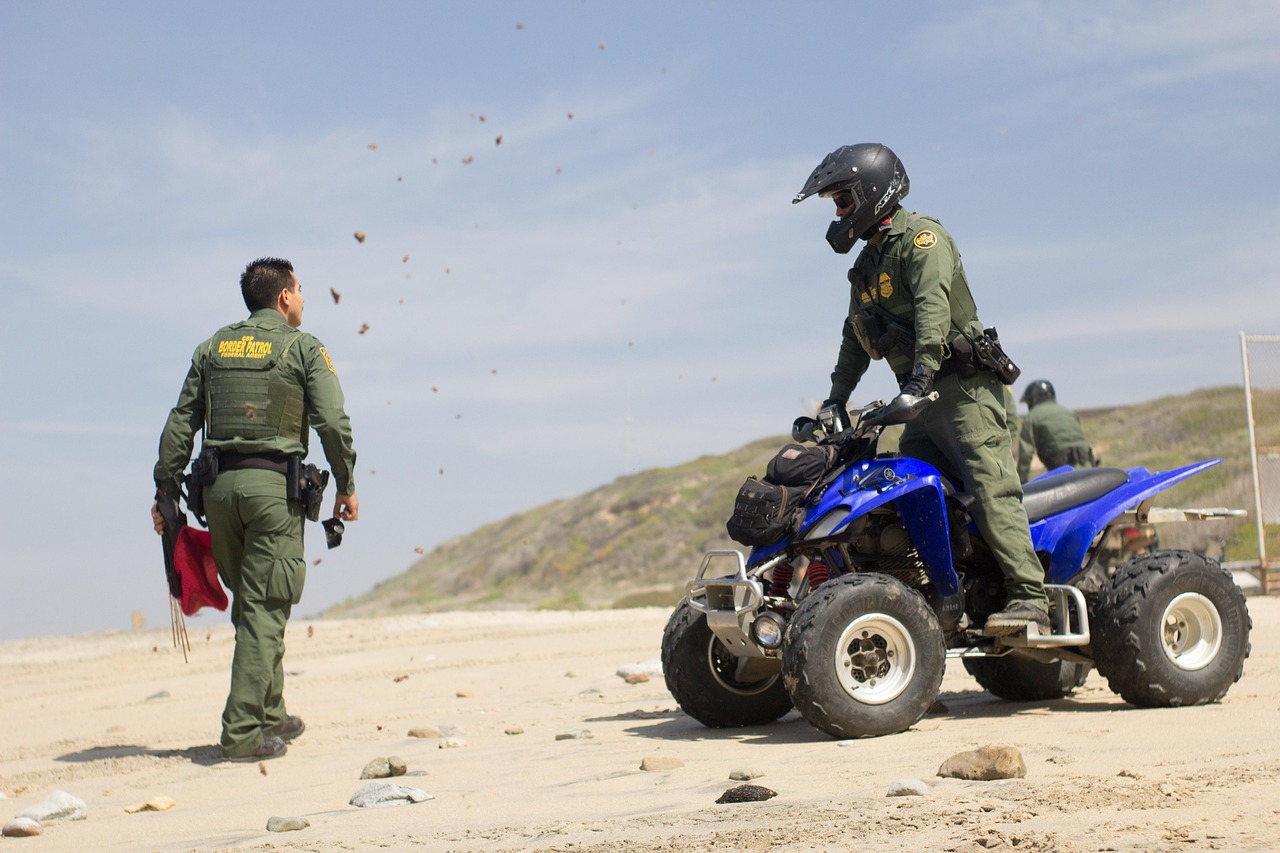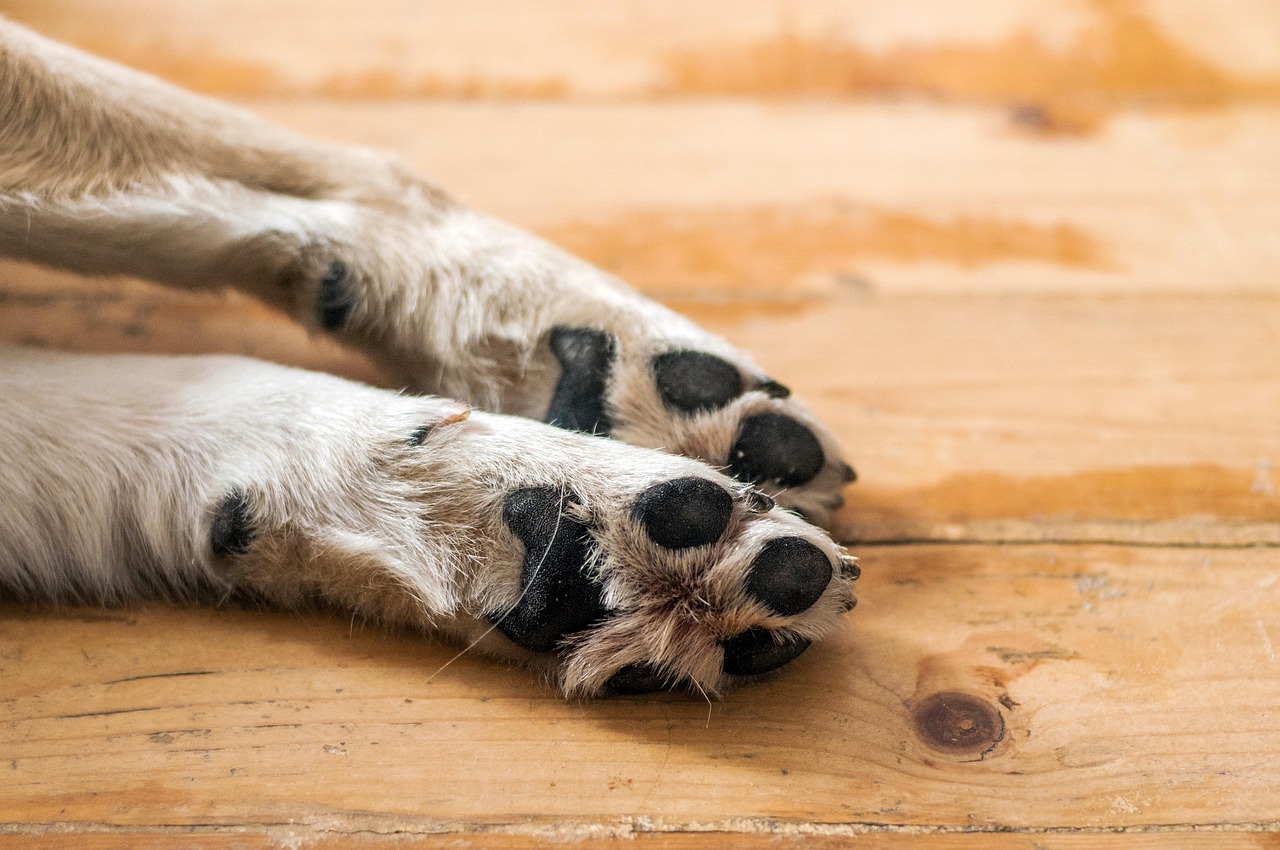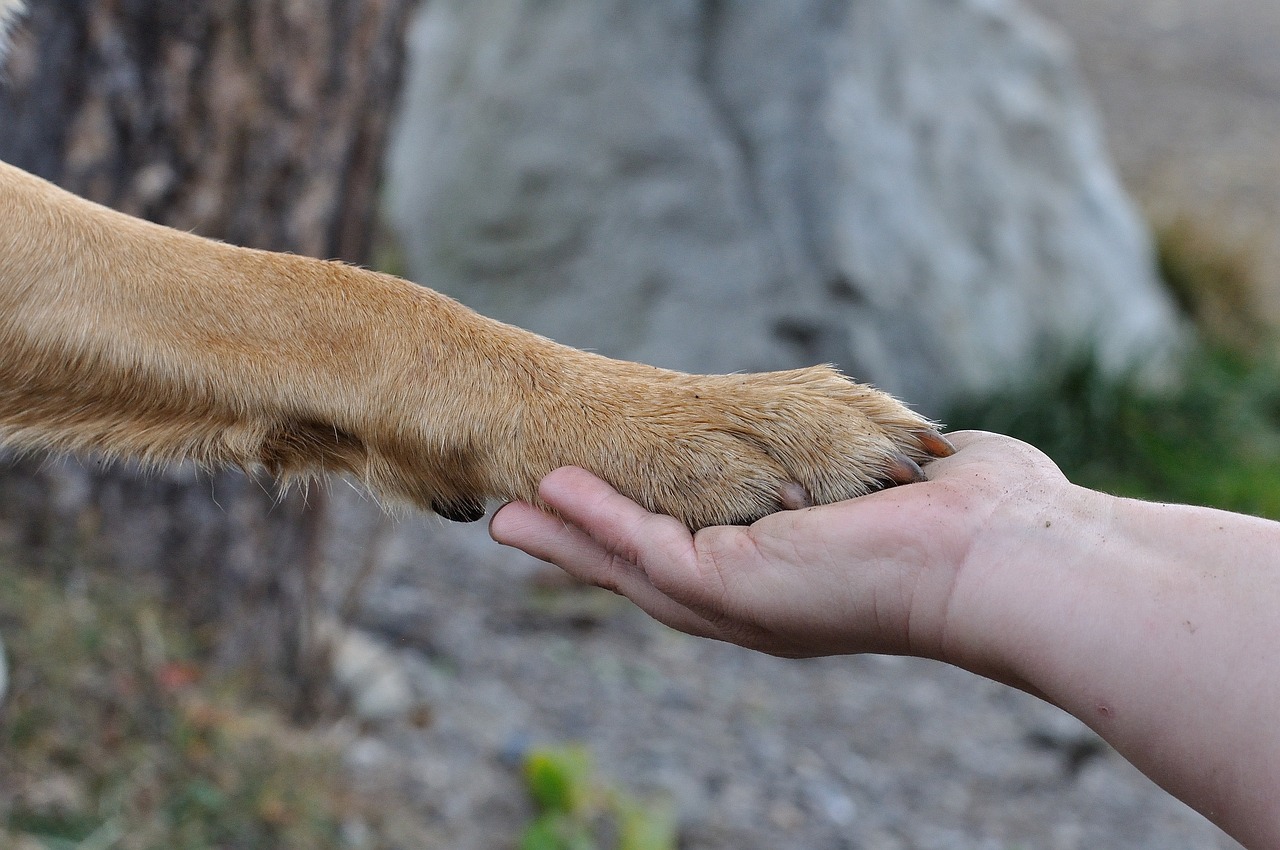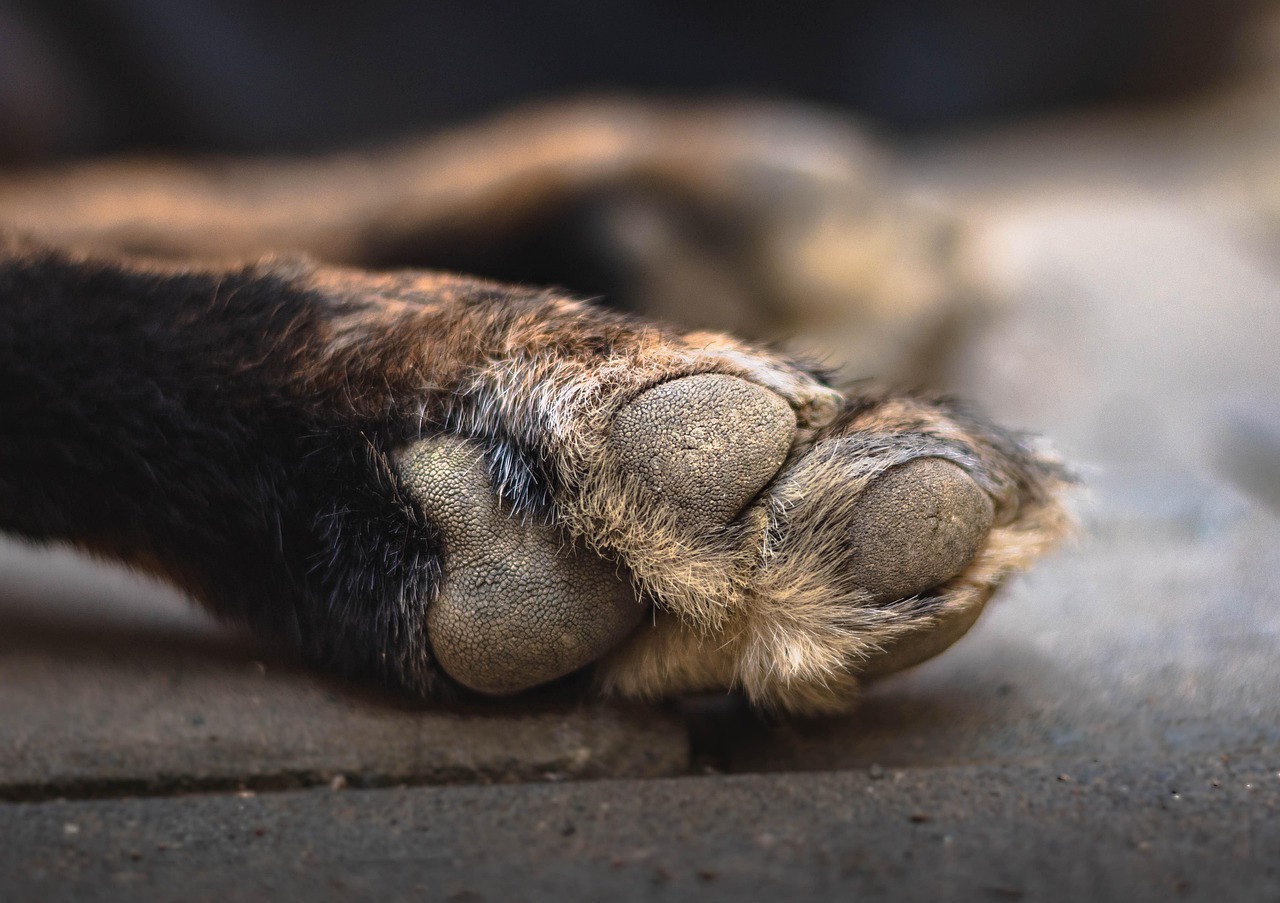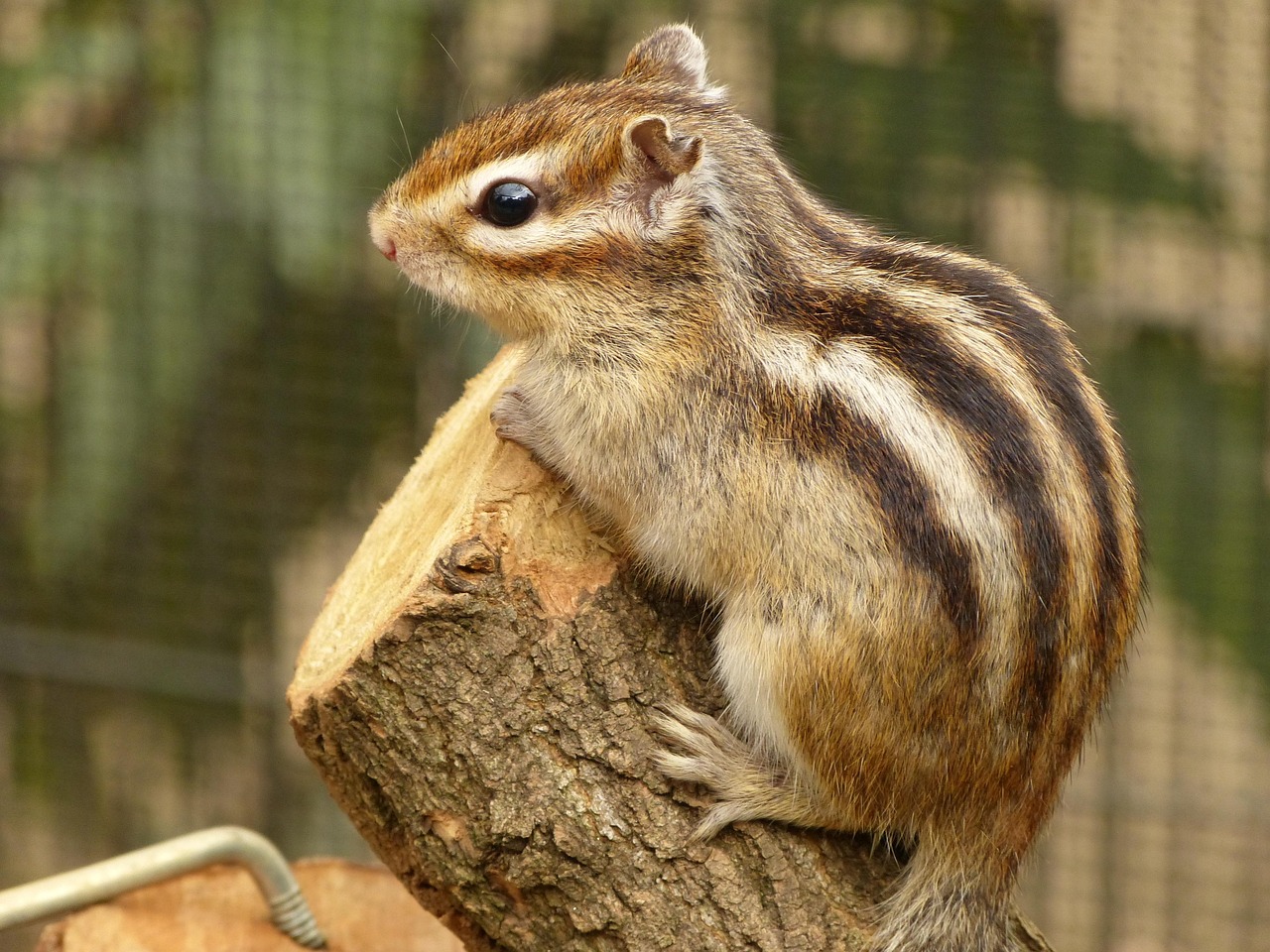PAW Patroller is not just a toy; it is a high-tech mobile command center that has captured the hearts of children around the world. Originating from the beloved children’s show, PAW Patrol, this innovative vehicle is designed to enhance playtime while promoting essential life skills. In this article, we will explore the remarkable features, technology, and educational impact of the PAW Patroller, making it a favorite among both kids and parents.
What is the PAW Patroller?
The PAW Patroller serves as the operational headquarters for the PAW Patrol team, equipped with advanced technology and various functionalities to assist in their heroic rescue missions. Its design not only appeals to young fans but also serves as an interactive platform for imaginative play.
Key Features of the PAW Patroller
- Transforming Capabilities: The PAW Patroller can seamlessly transform from a truck into a full-fledged command center. This versatility is a significant draw for children, allowing them to engage in dynamic play scenarios.
- Vehicle Storage and Deployment: The command center includes designated storage for multiple PAW Patrol vehicles, ensuring that children can easily access and deploy their favorite pups for various missions.
- Interactive Elements: With sound effects and lights, the PAW Patroller enriches the storytelling experience, making playtime more engaging and immersive.
Transforming Capabilities Explained
The transformation mechanism of the PAW Patroller is both simple and effective. Children can easily switch between modes, enhancing their play experience while ensuring the toy’s durability. This feature not only captivates young users but also encourages them to explore different scenarios, fostering creativity.
Impact on Playtime
The ability to transform adds an exciting element to playtime, prompting children to reenact rescue missions and problem-solve alongside their favorite characters. This engagement with the toy enhances their cognitive skills and encourages imaginative storytelling.
Interactive Features of the PAW Patroller
- Sound Effects and Lights: These features provide auditory and visual stimulation, enriching the play experience and making it more enjoyable for children.
- Mission Cards and Challenges: Included mission cards encourage kids to complete specific challenges, promoting teamwork and reinforcing important lessons about responsibility and cooperation.
The Educational Value of the PAW Patroller
Beyond mere entertainment, the PAW Patroller serves a significant educational purpose. It teaches children valuable lessons about cooperation, responsibility, and the importance of helping others. Through play, children learn to work together, mirroring the core themes of the PAW Patrol series.
Promoting Teamwork
The design of the PAW Patroller emphasizes teamwork, encouraging children to collaborate with friends or siblings during play. This collaborative play mirrors the show’s emphasis on working together to solve problems, fostering social skills and communication.
Encouraging Problem-Solving Skills
Through various challenges presented by the PAW Patroller, children are prompted to think critically and devise solutions. This not only enhances their cognitive abilities but also instills a sense of achievement as they navigate through different scenarios.
Popularity and Cultural Impact
The PAW Patroller has transcended its role as a toy, becoming a cultural icon among children. Its popularity has influenced merchandise trends, leading to a successful line of products that includes toys, clothing, and accessories.
Merchandising Success
The success of the PAW Patroller has led to a thriving merchandise line, making it a staple in children’s entertainment. The demand for related products underscores the strong connection children have with the PAW Patrol franchise.
Influence on Future Designs
The innovative design of the PAW Patroller has inspired future children’s toys, focusing on interactive and multifunctional playsets that encourage imaginative play and learning. As the toy industry continues to evolve, the PAW Patroller remains a benchmark for quality and engagement.
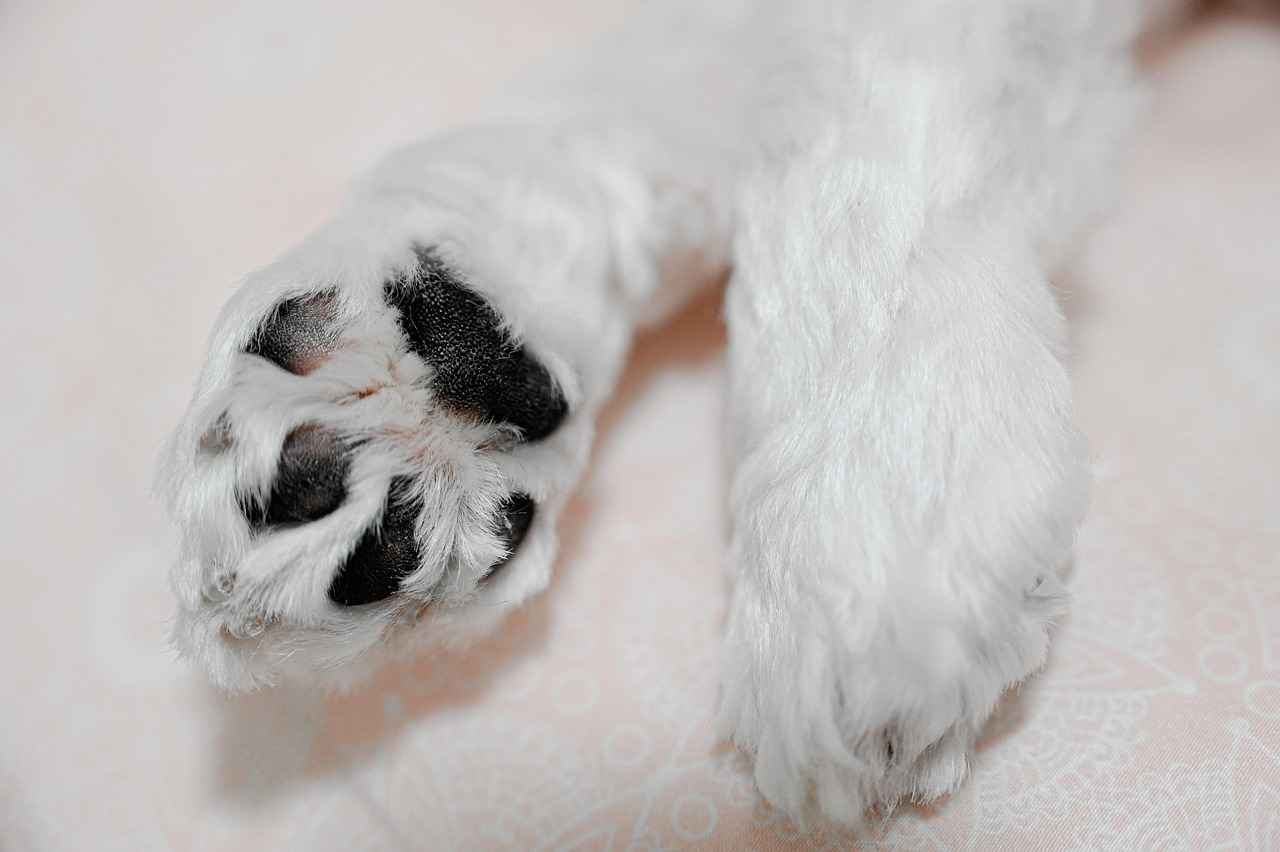
What is the PAW Patroller?
The PAW Patroller is not just an ordinary vehicle; it is a high-tech mobile command center that serves as the operational headquarters for the beloved PAW Patrol team. This innovative design is a central feature of the popular children’s show, captivating young audiences with its advanced technology and multifunctional capabilities. Designed to assist in rescue missions, the PAW Patroller embodies the spirit of teamwork and adventure that defines the PAW Patrol franchise.
In essence, the PAW Patroller is a multifunctional vehicle that can transform from a truck into a fully operational command center. This transformation is not only visually impressive but also serves to enhance imaginative play among children. The ability to switch between modes allows kids to engage in various rescue scenarios, encouraging creativity and problem-solving.
- Transforming Capabilities: The PAW Patroller’s ability to change from a vehicle to a command center is a standout feature. This transformation is simple yet effective, making it easy for children to engage in dynamic play.
- Vehicle Storage: Equipped with designated storage for multiple PAW Patrol vehicles, the command center allows kids to organize their toys easily, facilitating quick deployment for rescue missions.
- Interactive Elements: The PAW Patroller includes various interactive features, such as lights and sounds, that enhance the storytelling experience, making playtime more engaging.
The transformation mechanism of the PAW Patroller is ingeniously designed. Children can effortlessly switch between the truck and command center modes, allowing for seamless transitions during play. This feature not only captivates the imagination of young users but also encourages them to think critically about how the vehicle operates.
One of the most practical aspects of the PAW Patroller is its vehicle storage. Designed to hold various PAW Patrol vehicles, this feature ensures that children can easily access their favorite characters. This organization promotes a sense of responsibility in children, as they learn to care for their toys while also enhancing the play experience.
The interactive elements of the PAW Patroller play a significant role in engaging children. The incorporation of sound effects and lights adds an auditory and visual dimension to play, making it more immersive. As children press buttons to activate these features, they are drawn deeper into the PAW Patrol universe, enhancing their enjoyment.
Included with the PAW Patroller are mission cards that present specific challenges for children to complete. These cards not only make playtime more exciting but also instill a sense of achievement when tasks are accomplished. The challenges are designed to promote teamwork and problem-solving, aligning with the show’s core values.
Beyond mere entertainment, the PAW Patroller serves an educational purpose. It teaches children valuable lessons about cooperation, responsibility, and the significance of helping others. The design encourages children to collaborate with friends or siblings, mirroring the teamwork displayed by the PAW Patrol characters.
The missions associated with the PAW Patroller emphasize the importance of teamwork. By engaging in cooperative play, children can develop social skills and learn how to work together to achieve common goals. This aspect of play is crucial for their emotional and social development.
Through various challenges posed by the PAW Patroller, children are encouraged to think critically and devise solutions. This not only enhances their cognitive abilities but also fosters a sense of independence as they navigate through different scenarios.
The PAW Patroller has become a cultural icon among children, significantly influencing merchandise trends in the toy industry. Its popularity has led to a wide range of products, from toys to clothing, making it a staple in children’s entertainment.
The success of the PAW Patroller has spawned a lucrative line of merchandise, allowing children to bring their favorite characters and adventures into their everyday lives. This merchandising success highlights the PAW Patroller’s impact on popular culture and its lasting appeal.
The innovative design of the PAW Patroller has inspired future developments in children’s toys. Manufacturers are increasingly focusing on creating interactive and multifunctional playsets that encourage imaginative play and learning, following the successful formula established by the PAW Patroller.

Key Features of the PAW Patroller
The PAW Patroller stands out as a remarkable toy that captures the essence of adventure from the beloved children’s show, PAW Patrol. This mobile command center not only serves as a hub for the heroic pups but also boasts an array of features that engage and entertain young minds. Let’s delve into the key features that make the PAW Patroller a must-have for any young fan.
- Transforming Capabilities: One of the most exciting aspects of the PAW Patroller is its ability to transform from a truck into a fully functional command center. This transformative feature allows children to engage in imaginative play, reenacting their favorite rescue missions with ease. The seamless transition between modes not only captivates their attention but also enhances their creativity as they explore different scenarios.
- Vehicle Storage: The PAW Patroller is designed with dedicated storage space for various PAW Patrol vehicles. This thoughtful feature ensures that children can easily organize their toys and access their favorite pups whenever a mission arises. The storage compartments keep everything tidy, promoting a sense of order and responsibility as kids learn to care for their belongings.
- Interactive Elements: Engaging young audiences is a priority for the PAW Patroller, which includes numerous interactive elements. From sound effects to lights, these features provide auditory and visual stimuli that enhance the play experience. Children are not just passive observers; they become active participants in the storytelling process, fostering a deeper connection with the characters and scenarios.
- Mission Cards: The inclusion of mission cards adds an extra layer of excitement to playtime. These cards present children with specific challenges to complete, encouraging them to think critically and work collaboratively. This feature not only promotes teamwork but also instills a sense of achievement as they accomplish each mission.
Furthermore, the PAW Patroller’s design is rooted in fostering problem-solving skills. As children navigate various missions, they are prompted to devise solutions, enhancing their cognitive abilities while having fun. The interactive nature of the toy encourages kids to experiment and think outside the box, mirroring the core values of the PAW Patrol team.
In addition to its entertainment value, the PAW Patroller serves an educational purpose. It teaches children about the importance of cooperation, responsibility, and helping others. Through play, kids learn essential life skills that extend beyond the toy, preparing them for real-world situations.
The popularity of the PAW Patroller has made it a cultural icon among children, leading to a successful line of merchandise that includes toys, clothing, and more. This merchandising success highlights the PAW Patroller’s influence on children’s entertainment and its role in shaping trends within the toy industry.
Overall, the PAW Patroller is more than just a toy; it is a comprehensive playset that encourages creativity, teamwork, and problem-solving. Its standout features not only engage young audiences but also contribute to their development in a fun and interactive way. As children embark on countless adventures with their favorite PAW Patrol characters, they are sure to create lasting memories while learning valuable lessons along the way.
Transforming Capabilities
The PAW Patroller stands out not only as a toy but also as a remarkable example of innovative design in children’s playsets. One of its most captivating features is its . This unique ability allows the vehicle to switch from a regular truck into a fully operational command center, providing endless opportunities for imaginative play.
Children are naturally drawn to toys that offer versatility, and the PAW Patroller excels in this area. The transformation process is simple yet engaging, allowing kids to easily convert the truck into a command center with just a few steps. This hands-on experience not only makes playtime more interactive but also enhances fine motor skills as children manipulate the toy. With each transformation, they are encouraged to use their creativity to envision different rescue scenarios.
When the PAW Patroller is in command center mode, it reveals an array of features that further enrich the play experience. The interior is designed to resemble a high-tech operations hub, complete with space for the PAW Patrol pups and their vehicles. This setup encourages children to engage in role-playing, where they can act out various missions and adventures alongside their favorite characters. The ability to transform the vehicle fosters a sense of agency, allowing children to dictate the flow of their play.
Moreover, the mechanics behind the transformation are thoughtfully engineered to ensure durability and ease of use. Parents can rest assured that the toy can withstand the rigors of active play, making it a worthwhile investment. The seamless transition between modes also means that children can quickly switch back and forth, maintaining the momentum of their imaginative scenarios.
The impact of the PAW Patroller’s transforming capabilities extends beyond mere entertainment. As children engage in this dynamic play, they are encouraged to think critically and solve problems. For instance, they may need to decide which pup to deploy for a specific mission or how to navigate obstacles in their path. This kind of play not only enhances cognitive skills but also promotes teamwork as children collaborate with friends or siblings to complete challenges.
In addition, the transformation aspect of the PAW Patroller provides an excellent platform for storytelling. Children can create elaborate narratives that involve multiple characters and scenarios, enriching their language skills and creativity. As they narrate their adventures, they learn to express themselves more clearly and effectively, which is a valuable skill in their overall development.
Furthermore, the PAW Patroller’s appeal lies in its ability to adapt to various play styles. Whether children prefer solo play or group activities, the transforming capabilities cater to both. This versatility ensures that the toy remains engaging over time, as children can revisit it with fresh ideas and perspectives.
In conclusion, the transforming capabilities of the PAW Patroller are a key feature that not only captivates children but also encourages imaginative play and cognitive development. By allowing kids to switch between a truck and a command center, this toy fosters creativity, problem-solving skills, and teamwork. The PAW Patroller is more than just a toy; it is a gateway to adventure and learning, making it a beloved choice among young fans of the PAW Patrol franchise.
How the Transformation Works
The PAW Patroller is not just a toy; it is a remarkable example of innovative engineering that captures the imagination of children everywhere. One of its most captivating features is its ability to transform from a truck into a fully functional command center. This transformation is not merely for show; it plays a crucial role in enhancing the play experience, allowing children to engage in imaginative rescue missions alongside their favorite PAW Patrol characters.
Understanding the Mechanics of Transformation
The mechanics behind the transformation of the PAW Patroller involve simple yet effective engineering principles. The design incorporates a series of levers, hinges, and locking mechanisms that enable children to easily switch between the truck and command center modes. This user-friendly approach ensures that even young children can operate the transformation without frustration, fostering a sense of independence and achievement.
- Durability: The materials used in the PAW Patroller are selected for their strength and resilience, ensuring that the toy can withstand the rigors of active play. This durability is essential, as it allows for repeated transformations without wear and tear.
- Safety Features: Safety is a top priority in the design process. The transformation mechanisms are designed to be safe for children, minimizing pinch points and sharp edges, which provides parents with peace of mind during playtime.
- Intuitive Design: The transformation process is intuitive, with visual cues that guide children through the steps. This design encourages exploration and experimentation, as kids can learn through play.
Encouraging Imaginative Play
The ability to transform the PAW Patroller adds a dynamic element to playtime. Children are not just playing with a toy; they are engaging in a narrative that allows them to become the heroes of their own stories. By switching between modes, they can create various scenarios, from high-speed chases to strategic planning sessions in the command center.
This transformation feature also promotes problem-solving skills. As children navigate their play scenarios, they must think critically about how to use the PAW Patroller’s capabilities effectively. This encourages them to develop strategies and solutions, mirroring the teamwork and resourcefulness displayed by the PAW Patrol team in the show.
Enhancing Social Interaction
The PAW Patroller’s transforming capabilities also encourage social interaction among children. When playing together, kids can take turns operating the command center and the truck, fostering collaboration and communication. This interaction mirrors the show’s emphasis on teamwork, allowing children to practice essential social skills in a fun and engaging way.
In addition to enhancing individual play, the transformation feature can serve as a catalyst for group activities. Children can organize rescue missions, assigning roles based on the characters they choose to represent. This not only enhances their storytelling abilities but also reinforces the importance of working together to achieve a common goal.
Conclusion
The transformation of the PAW Patroller is a testament to the thoughtful engineering that goes into designing toys that are both fun and educational. By allowing children to easily switch between modes, the PAW Patroller encourages imaginative play, problem-solving, and social interaction. Its durability and safety ensure that children can enjoy countless hours of adventure, making it a cherished addition to any playroom.
Impact on Playtime
The PAW Patroller is not just a toy; it is a gateway to imaginative adventures that foster creativity and critical thinking in children. One of the most remarkable aspects of this mobile command center is its transforming capabilities, which significantly enhance playtime experiences.
When children engage with the PAW Patroller, they are not merely playing; they are embarking on exciting rescue missions alongside their favorite characters from the PAW Patrol series. The ability to transform the vehicle into a full-fledged command center adds an exhilarating dynamic to their play. This transformation encourages children to think creatively as they reenact various rescue scenarios, making each play session unique.
Through this transformation, children are prompted to explore different roles within their imaginative play. For instance, one moment they might be driving the truck to the scene of an emergency, and the next, they are strategizing from the command center. This fluidity not only keeps the play engaging but also allows for the development of problem-solving skills. As they navigate challenges, children learn to assess situations, make decisions, and adapt their strategies based on the unfolding narrative.
Moreover, the act of transforming the PAW Patroller itself requires a level of dexterity and understanding of mechanics. This hands-on interaction can enhance fine motor skills, as children manipulate parts of the toy to switch between modes. Such activities are crucial for their development, as they learn to coordinate their movements and improve their spatial awareness.
The extends beyond just the mechanics of the toy. The narratives that children create while playing with the PAW Patroller often mirror real-life situations, allowing them to process their emotions and experiences. For example, rescuing a toy from a precarious situation can help children understand concepts of safety, teamwork, and empathy. They learn the importance of helping others and the value of collaboration, as they often invite friends or siblings to join in their imaginative scenarios.
Additionally, the PAW Patroller encourages children to engage in role-playing, which is a vital aspect of their social development. By taking on different characters and responsibilities, they learn to communicate effectively, negotiate roles, and resolve conflicts that may arise during play. These interactions are fundamental in building their social skills and understanding group dynamics.
Furthermore, the PAW Patroller’s interactive features, such as sound effects and lights, add another layer of excitement to playtime. These elements stimulate children’s senses, making the experience more immersive and engaging. As they respond to auditory cues or visual prompts, children develop their cognitive abilities and enhance their focus and attention span.
In conclusion, the transforming capabilities of the PAW Patroller significantly enrich playtime by promoting creativity, problem-solving, and social skills. As children navigate through various rescue scenarios, they not only enjoy the thrill of adventure but also learn essential life skills that will benefit them beyond their playtime. The PAW Patroller is more than just a toy; it is a powerful tool for learning and growth.
Vehicle Storage and Deployment
The PAW Patroller is not just a vehicle; it is a high-tech mobile command center that plays a pivotal role in the adventures of the PAW Patrol team. One of its most notable features is the dedicated storage for various PAW Patrol vehicles, which significantly enhances the play experience for children. This article delves into how this feature works, its importance, and the benefits it brings to young fans.
Designated Storage for Vehicles
At the heart of the PAW Patroller’s design is its thoughtfully organized vehicle storage system. This system allows children to easily access their favorite PAW Patrol vehicles, making it simple to deploy their chosen pups for rescue missions. The storage compartments are designed to securely hold each vehicle, ensuring they are not easily lost during playtime. This organization not only fosters a sense of responsibility in children but also encourages them to keep their play area tidy.
Easy Access and Deployment
When children engage with the PAW Patroller, they benefit from a seamless transition between play and deployment. The storage compartments are strategically placed for easy access, allowing kids to quickly grab the vehicles they need for various missions. This ease of use is crucial, as it minimizes interruptions in play, allowing for a more immersive and uninterrupted experience. The simple mechanism encourages children to independently select their vehicles, enhancing their decision-making skills.
Encouraging Imaginative Play
The ability to store and deploy vehicles effectively adds a layer of imaginative play to the PAW Patroller experience. Children can recreate scenes from the show or invent their own rescue missions, using the various vehicles at their disposal. This aspect of play is vital for cognitive development, as it stimulates creativity and storytelling skills. By having access to a range of vehicles, children can explore different scenarios, promoting a dynamic play environment.
Interactive Features and Vehicle Integration
The PAW Patroller’s vehicle storage is not just about organization; it is also about integrating interactive features. Many of the vehicles come with unique attributes, such as sound effects and lights, that can be activated during play. This integration enhances the overall experience, as children can engage with the vehicles and the command center in a multi-sensory way. The combination of storage and interactive elements keeps children engaged for longer periods, making playtime both educational and entertaining.
Promoting Teamwork and Collaboration
With multiple vehicles stored in the PAW Patroller, children are encouraged to play together, fostering teamwork and collaboration. When friends or siblings join in, they can each select different vehicles and work together to complete missions. This collaborative play mirrors the core values of the PAW Patrol show, where teamwork is essential to success. Children learn to communicate, strategize, and support one another, which are vital social skills.
Conclusion
Overall, the vehicle storage and deployment feature of the PAW Patroller is a significant aspect of its design. It not only enhances playtime by providing easy access to various vehicles but also encourages creativity, teamwork, and organization among young fans. As children engage with the PAW Patroller, they develop essential skills that go beyond mere entertainment, making it a valuable addition to their playtime experiences.

Interactive Elements of the PAW Patroller
The PAW Patroller is not just a toy; it is an innovative playset that incorporates interactive elements designed to engage children deeply. These features enhance the play experience while simultaneously promoting essential skills such as learning and teamwork. Let’s explore how the PAW Patroller achieves this engaging interaction.
One of the most captivating aspects of the PAW Patroller is its sound effects and lights. When children press buttons or activate specific features, they are rewarded with exciting sounds and colorful lights that mimic the actions of their favorite PAW Patrol characters. This auditory and visual stimulation not only makes the playtime experience more immersive but also helps children develop their sensory skills. The combination of sounds and lights creates an environment that encourages imaginative storytelling, allowing kids to reenact rescue missions with their beloved pups.
Included with the PAW Patroller are mission cards that present children with specific challenges to complete. Each card outlines a unique scenario that requires kids to think critically and devise solutions, fostering a sense of achievement when they successfully complete a mission. This interactive feature is designed to promote teamwork and problem-solving skills, as children can collaborate with friends or siblings to tackle the challenges together. By working as a team, they learn the importance of cooperation and communication, mirroring the values portrayed in the PAW Patrol series.
The interactive elements of the PAW Patroller create a learning experience that goes beyond mere entertainment. As children engage with the playset, they are encouraged to ask questions, explore solutions, and even role-play different scenarios. This type of play promotes cognitive development and critical thinking. For instance, when faced with a mission that requires rescuing a kitten, children must strategize and think about the best way to approach the situation, enhancing their problem-solving skills in a fun context.
Another key aspect of the PAW Patroller’s interactive design is its ability to encourage social interaction. Whether playing alone or with friends, children are prompted to communicate and collaborate, which is vital for their social development. Sharing ideas, negotiating roles, and discussing strategies are all part of the play experience. This not only helps them build friendships but also teaches them valuable lessons about empathy and understanding others.
The PAW Patroller also promotes physical engagement through its design. Children can move the vehicle around, transforming it from truck to command center, which encourages active play. This physical interaction is essential for developing motor skills and coordination. As they navigate their play environment, children learn to control their movements and enhance their physical abilities, all while having fun.
In summary, the interactive elements of the PAW Patroller are thoughtfully designed to engage children on multiple levels. From sound effects and mission challenges to promoting teamwork and physical activity, these features provide a rich play experience that is both educational and entertaining. As children immerse themselves in the world of PAW Patrol, they not only enjoy hours of fun but also develop essential skills that will benefit them in their everyday lives.
Sound Effects and Lights
The PAW Patroller is more than just a toy; it is a gateway to a world of imagination and adventure for children. One of the standout features that enhances the play experience is its . These auditory and visual elements are not merely decorative; they serve to enrich storytelling and provide an immersive experience that captivates young audiences.
When children engage with the PAW Patroller, they are not just playing with a vehicle; they are stepping into the shoes of their favorite characters from the PAW Patrol series. The sound effects mimic the sounds of the show, from the iconic barks of the pups to the thrilling rescue sirens. This auditory stimulation allows children to recreate their favorite scenes, fostering a deeper connection to the narrative. As they hear the familiar sounds, they can imagine themselves participating in heroic missions, enhancing their creative play.
In addition to sound, the lights on the PAW Patroller play a crucial role in engaging children. The vibrant, flashing lights not only grab attention but also signify action and excitement. For instance, when the vehicle transforms from a truck into a command center, the lights can flash in a way that mimics urgency, prompting children to react and engage in the story actively. This dynamic interaction encourages them to think critically about their play scenarios, promoting imaginative storytelling.
The combination of sound and light effects also serves an educational purpose. By incorporating these elements, the PAW Patroller encourages children to develop their auditory processing and visual recognition skills. As they respond to different sounds and lights, they learn to associate specific cues with particular actions, enhancing their cognitive abilities. This interaction helps to build essential skills that are beneficial in their overall development.
Moreover, the provide an element of surprise and delight. Children love the unexpected, and when they press a button to activate a sound or light, it adds an exciting twist to their play. This unpredictability keeps their interest piqued and encourages repeat play, which is crucial for learning through repetition. As they engage with the PAW Patroller, they are not just entertained; they are also learning valuable lessons about cause and effect.
Furthermore, the interactive nature of the PAW Patroller, bolstered by its sound and light features, promotes social interaction. When children play together, they often take turns activating the sounds and lights, which fosters sharing and cooperation. This collaborative play mirrors the teamwork themes found in the PAW Patrol series, reinforcing the importance of working together to achieve common goals.
In conclusion, the of the PAW Patroller are integral to its design, providing both entertainment and educational value. These elements not only enhance the storytelling experience but also support children’s development through imaginative play, auditory processing, and social interaction. As children embark on their rescue missions with the PAW Patrol, they are simultaneously learning, growing, and having fun, making the PAW Patroller a beloved addition to their playtime adventures.
Mission Cards and Challenges
The PAW Patroller is not just a mobile command center; it is a gateway to adventure and learning for children. One of its most exciting features is the inclusion of mission cards, which serve as a tool for engaging young minds in a dynamic and interactive way. These cards are designed to encourage kids to complete specific challenges, making playtime not only fun but also educational.
Each mission card presents a unique challenge that children can tackle with their favorite PAW Patrol characters. These challenges are not merely tasks; they are opportunities for children to immerse themselves in imaginative scenarios that promote critical thinking and creativity. For instance, a mission card might ask a child to help a pup rescue a trapped animal, prompting them to think about the steps needed to achieve this goal.
Completing challenges outlined in the mission cards instills a profound sense of achievement in children. As they navigate through each task, they experience the thrill of success, which can significantly boost their self-esteem. This sense of accomplishment is vital for young learners, as it encourages them to take on new challenges both in play and in real life.
The mission cards also emphasize the importance of teamwork. Many of the challenges are designed to be tackled in groups, encouraging children to collaborate with friends or siblings. This collaborative play mirrors the core values of the PAW Patrol team, where each pup has a specific role, and teamwork is essential for success. By working together, children learn to communicate, share ideas, and support one another, which are crucial skills for their social development.
Another significant benefit of the mission cards is their ability to enhance problem-solving skills. Each challenge requires children to think critically and devise solutions. For example, a mission might involve figuring out how to navigate an obstacle course to save the day. This type of play encourages kids to analyze situations, think creatively, and develop strategies, all of which are essential skills for their future academic and personal endeavors.
The combination of mission cards and the PAW Patroller creates an interactive learning experience that goes beyond traditional play. Children are not just passive participants; they are actively engaged in their learning journey. The incorporation of fun challenges keeps them motivated and eager to learn, making educational play an enjoyable experience.
In summary, the mission cards included with the PAW Patroller are a fantastic tool for fostering a sense of achievement, reinforcing teamwork, and enhancing problem-solving skills. By encouraging children to complete specific challenges, these cards help create a rich, interactive environment where learning and play go hand in hand. As children embark on their adventures with the PAW Patrol, they are not only having fun but also developing essential life skills that will benefit them in the future.

The Educational Value of the PAW Patroller
The PAW Patroller is not just a mobile command center for the beloved PAW Patrol team; it also plays a significant role in the educational development of children. Through its engaging features and interactive play, the PAW Patroller teaches essential values that are crucial for young minds. In this section, we will explore the various educational aspects of the PAW Patroller, highlighting its impact on cooperation, responsibility, and the importance of helping others.
One of the standout features of the PAW Patroller is its emphasis on teamwork. Children are encouraged to engage with their friends or siblings while playing with the PAW Patroller, mirroring the cooperative spirit of the PAW Patrol team. When children role-play as their favorite characters, they learn to work together to solve problems and complete missions. This collaborative play fosters social skills and helps children understand the value of working as a team.
The PAW Patroller introduces children to the concept of responsibility through its various missions and challenges. Each mission requires careful planning and execution, encouraging children to think about the consequences of their actions. By taking on roles that involve rescuing characters or solving problems, kids learn to be accountable for their decisions. This sense of responsibility extends beyond playtime, as children begin to understand the importance of being dependable in real-life situations.
At the heart of the PAW Patrol’s adventures is the theme of helping others. The PAW Patroller reinforces this message by presenting scenarios where characters must assist those in need. As children navigate these situations, they develop empathy and learn the significance of lending a helping hand. This not only enhances their emotional intelligence but also cultivates a sense of community awareness, encouraging them to be kind and supportive towards others.
The challenges presented by the PAW Patroller are designed to stimulate critical thinking and problem-solving skills. As children encounter various obstacles during play, they are prompted to devise solutions, enhancing their cognitive abilities. This interactive learning approach allows kids to experiment with different strategies, fostering creativity and resilience. The ability to think on their feet and adapt to changing scenarios is a skill that will serve them well throughout their lives.
The PAW Patroller is equipped with interactive elements that further enhance the educational experience. Features such as sound effects, lights, and mission cards not only make playtime enjoyable but also encourage children to engage actively with the content. For instance, mission cards challenge kids to complete specific tasks, reinforcing the lessons of teamwork and responsibility in a fun and engaging manner.
In summary, the PAW Patroller transcends mere entertainment by serving as a valuable educational tool for children. Through its focus on cooperation, responsibility, and helping others, it imparts essential life skills that contribute to a child’s overall development. By engaging with the PAW Patroller, children are not only entertained but also equipped with the knowledge and values necessary to navigate the world around them.
Promoting Teamwork
The PAW Patroller, a beloved mobile command center from the hit children’s show PAW Patrol, is not just a toy; it is a powerful tool for promoting teamwork among children. The design and functionality of the PAW Patroller encourage children to engage in collaborative play, reflecting the core values of the show itself. This article delves into the various aspects of the PAW Patroller that foster teamwork and social interaction.
Teamwork is a crucial skill that children develop during their formative years. Engaging in cooperative activities helps children learn how to communicate effectively, share responsibilities, and build lasting friendships. The PAW Patroller is designed to facilitate these interactions, making it an ideal tool for parents who want to encourage their children to work together.
- Multi-Character Interaction: The PAW Patroller is compatible with multiple PAW Patrol characters, allowing children to play with friends or siblings. Each character has unique skills, prompting children to strategize and collaborate on missions.
- Mission-Based Challenges: The inclusion of mission cards encourages children to work together to complete tasks. These challenges require them to communicate and plan their actions, reinforcing the importance of teamwork.
- Transformative Play: The ability to transform the PAW Patroller from a truck to a command center adds a dynamic element to play. Children can take turns being in charge, fostering leadership skills and cooperative decision-making.
The PAW Patroller is equipped with various interactive features that enhance group play. For instance, sound effects and lights create an engaging atmosphere that captures children’s attention and encourages them to work together to solve problems. This sensory stimulation can lead to more immersive and collaborative play experiences.
Playing with the PAW Patroller helps children develop essential teamwork skills that extend beyond their playtime. As they navigate challenges together, they learn to:
- Communicate Effectively: Clear communication is vital in teamwork. Children learn to express their ideas and listen to others, which is crucial in both academic and social settings.
- Resolve Conflicts: Disagreements may arise during play, providing opportunities for children to practice conflict resolution and negotiation, skills that are invaluable in life.
- Build Trust: Working together fosters trust among peers, teaching children the importance of relying on one another to achieve common goals.
The PAW Patroller is designed to be inclusive, making it accessible for children of different ages and abilities. This inclusivity promotes a sense of belonging and encourages children to invite others into their play, further enhancing teamwork. By playing together, children learn to appreciate diversity and develop empathy towards their peers.
In summary, the PAW Patroller is more than just a toy; it is a catalyst for developing teamwork skills in children. Through its thoughtful design and interactive features, it encourages collaboration, communication, and problem-solving. By engaging with the PAW Patroller, children not only enjoy hours of imaginative play but also cultivate essential skills that will benefit them throughout their lives.
Encouraging Problem-Solving Skills
The PAW Patroller is not just a toy; it is an innovative tool designed to engage children in critical thinking and problem-solving. Through its various missions and challenges, the PAW Patroller encourages kids to think creatively and develop solutions to obstacles they encounter during play. This aspect of the PAW Patroller is essential in enhancing cognitive abilities while ensuring that children have fun.
One of the primary ways the PAW Patroller promotes problem-solving skills is through its mission cards. These cards present specific challenges that the PAW Patrol team must overcome, ranging from rescuing a trapped animal to fixing a broken bridge. Each mission requires children to assess the situation, consider the resources available, and devise a plan of action. This process not only fosters critical thinking but also enhances their ability to work through problems systematically.
In addition to mission cards, the PAW Patroller features various interactive elements that further stimulate problem-solving. For instance, the transforming capabilities of the command center allow children to engage in imaginative play scenarios where they must think on their feet. As they switch between truck and command center modes, kids learn to adapt their strategies based on the changing dynamics of their play environment.
- Scenario-Based Learning: Children can create their own rescue scenarios, which encourages them to think critically about the best approaches to take.
- Team Collaboration: Working alongside friends or siblings to solve challenges promotes teamwork and communication skills.
- Resource Management: Kids learn to manage their toy resources effectively, deciding which PAW Patrol vehicle or character is best suited for each mission.
Moreover, the PAW Patroller’s sound effects and lights enhance the immersive experience, making problem-solving more engaging. The auditory and visual feedback provided during missions captures children’s attention and encourages them to stay focused as they work through challenges. This dynamic play experience not only entertains but also reinforces learning through active participation.
Research indicates that play is a critical component of child development, particularly in enhancing cognitive skills. The PAW Patroller aligns with educational theories that emphasize the importance of play in learning. By presenting challenges that require critical thinking, the PAW Patroller effectively contributes to a child’s cognitive growth while ensuring they enjoy their time in play.
As children navigate through various missions, they are encouraged to reflect on their decisions and outcomes. This reflective practice is crucial in developing their problem-solving skills. When a mission does not go as planned, children learn to reassess their strategies and try different approaches, fostering resilience and adaptability.
In conclusion, the PAW Patroller serves as an exceptional tool for enhancing problem-solving skills in children. Through its engaging challenges, interactive elements, and emphasis on teamwork, it provides a rich environment for cognitive development. The combination of fun and learning ensures that children are not only entertained but also equipped with essential life skills that will benefit them in their future endeavors.
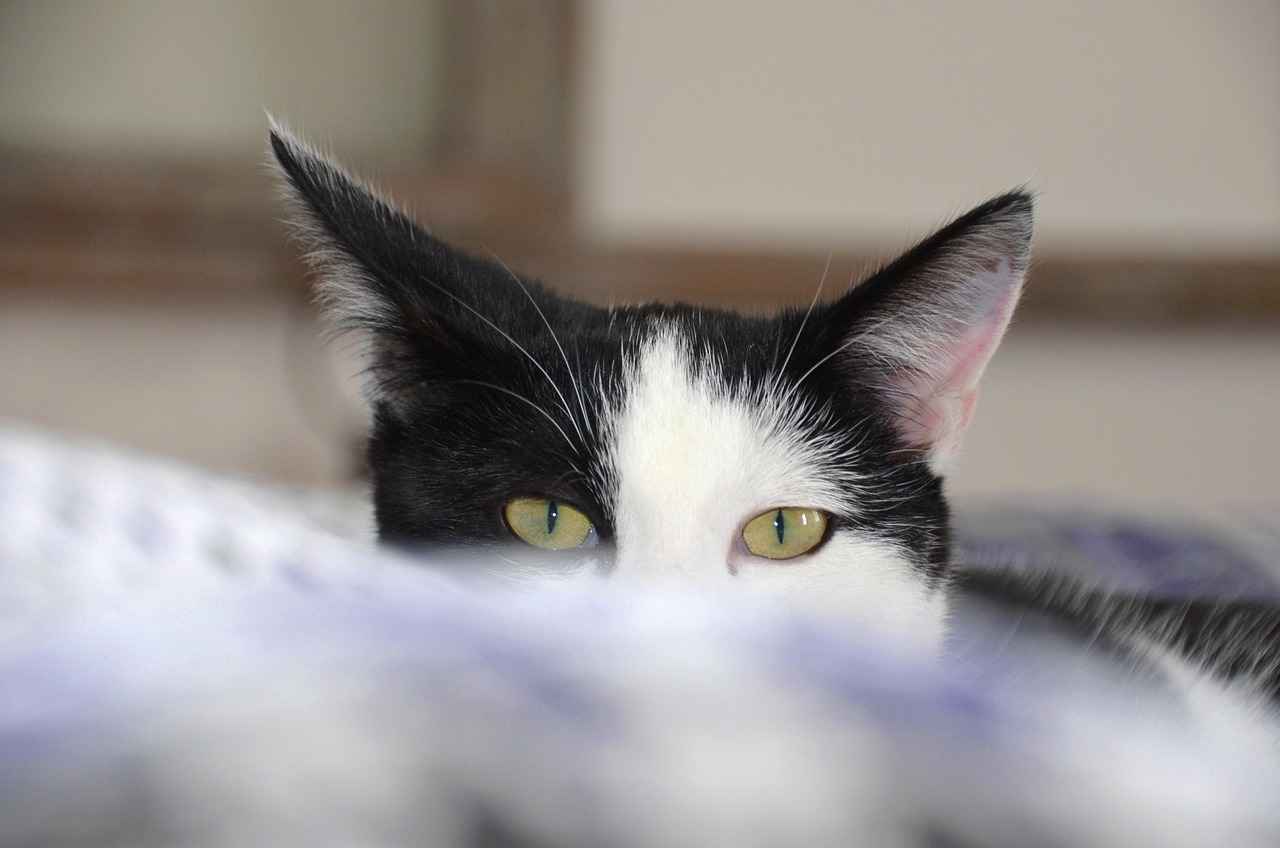
Popularity and Cultural Impact
The PAW Patroller has emerged as a cultural phenomenon among children, significantly shaping their playtime experiences and influencing the broader toy industry. This mobile command center, integral to the PAW Patrol franchise, has not only captured the hearts of young fans but has also become a symbol of teamwork, adventure, and problem-solving.
The immense popularity of the PAW Patroller can be attributed to its engaging design and the rich storytelling of the PAW Patrol series. Children are drawn to the vibrant colors, interactive features, and the idea of embarking on heroic missions alongside their favorite characters. This connection fosters a sense of belonging and excitement, making the PAW Patroller a must-have item for fans.
As the PAW Patroller gained traction, it spurred a wave of merchandising success that transformed the toy industry. The demand for related products, such as action figures, clothing, and accessories, skyrocketed. Retailers quickly recognized the potential, leading to exclusive releases and promotional events centered around the PAW Patrol brand. This phenomenon illustrates how a single toy can influence purchasing trends, driving sales and expanding the franchise’s reach.
The PAW Patroller serves as more than just a toy; it acts as a bridge connecting children to the core values of the PAW Patrol series. The themes of friendship, teamwork, and helping others resonate deeply with young audiences, fostering emotional connections that extend beyond playtime. Children learn to emulate the positive behaviors exhibited by the PAW Patrol team, reinforcing the importance of collaboration and community.
The success of the PAW Patroller has set a new standard in toy design, encouraging manufacturers to create interactive and multifunctional playsets. Future toys are increasingly incorporating elements that promote imaginative play, reflecting the lessons learned from the PAW Patroller’s design. These innovations not only enhance the play experience but also align with educational goals, ensuring that children learn while they play.
The PAW Patroller has also inspired community engagement initiatives, with events and activities that encourage children to participate in local service projects. This aspect of the franchise emphasizes the importance of social responsibility and inspires young fans to become active members of their communities. Through the lens of play, children learn about the value of helping others, further solidifying the PAW Patrol’s impact on their development.
As the PAW Patroller continues to thrive, the franchise is poised for further growth. New storylines, characters, and products are regularly introduced, keeping the content fresh and exciting for fans. The ongoing evolution of the PAW Patrol universe ensures that the PAW Patroller remains relevant, captivating the imaginations of new generations of children.
In summary, the PAW Patroller’s role as a cultural icon is firmly established, influencing not only the toy industry but also shaping the values and play experiences of children worldwide. Its impact is profound, making it a significant element of childhood for many, and a benchmark for future innovations in children’s entertainment.
Merchandising Success
The PAW Patroller, a beloved mobile command center from the popular children’s show PAW Patrol, has not only captured the hearts of young viewers but has also paved the way for a remarkable line of merchandise. This merchandising success story encompasses a wide range of products, including toys, clothing, and accessories, making it a permanent fixture in children’s entertainment and play.
The immense popularity of the PAW Patroller has led to the creation of an extensive array of merchandise that appeals to children and parents alike. From action figures and playsets to apparel featuring the beloved characters, the PAW Patrol brand has established a strong market presence. This success can be attributed to several key factors:
- Strong Brand Recognition: The PAW Patrol franchise has become synonymous with adventure and teamwork. The characters, especially the PAW Patroller, are instantly recognizable, making them appealing to children.
- Variety of Products: The merchandise extends beyond just toys. Parents can find clothing, school supplies, and even home decor featuring their children’s favorite PAW Patrol characters, ensuring that the brand is integrated into various aspects of daily life.
- Interactive Play Experiences: Many of the toys associated with the PAW Patroller are designed to be interactive, encouraging imaginative play. This feature not only enhances the play experience but also drives sales as children want to collect multiple items to create their own PAW Patrol adventures.
Furthermore, the incorporation of educational elements into the merchandise has made it attractive to parents. Products often promote skills such as teamwork, problem-solving, and responsibility, aligning with the values portrayed in the show. For example, mission-themed playsets encourage children to engage in role-playing scenarios that mirror the show’s narrative, making learning fun.
The PAW Patroller merchandise has transformed the way children play. The availability of various toys allows kids to create their own rescue missions, fostering creativity and storytelling. This type of imaginative play is crucial for cognitive development, as it encourages children to think critically and solve problems as they navigate their adventures with the PAW Patrol team.
The clothing line, featuring vibrant designs and popular characters, has also seen tremendous success. From t-shirts to pajamas, children enjoy wearing their favorite PAW Patrol characters, which enhances their connection to the show. This not only boosts their confidence but also allows them to express their individuality and interests.
The success of the PAW Patroller merchandise is not limited to one region; it has achieved global recognition. The brand’s ability to resonate with diverse audiences has led to international sales, making it a staple in toy stores and online marketplaces worldwide. This widespread appeal highlights the show’s universal themes of friendship, teamwork, and adventure.
As a result, the PAW Patroller has become a cultural icon, influencing trends in the toy industry and setting a benchmark for future children’s merchandise. The success of this franchise demonstrates the potential of combining engaging storytelling with innovative product design, ultimately creating a lasting impact on young audiences and their play experiences.
In conclusion, the merchandising success of the PAW Patroller has not only solidified its place in children’s entertainment but has also fostered a rich environment for imaginative play and learning. With a wide variety of products available, children can immerse themselves in the PAW Patrol universe, enhancing their creativity and problem-solving skills while having fun.
Influence on Future Designs
The remarkable success of the PAW Patroller has significantly influenced the landscape of children’s toys, setting a new standard for interactive and multifunctional playsets. This mobile command center has not only captured the hearts of young fans but has also inspired toy designers to innovate and create products that promote imaginative play and learning.
- Interactive Playsets: The PAW Patroller’s ability to transform from a truck to a command center has paved the way for future toys that incorporate similar interactive elements. Children are drawn to toys that allow them to engage in various roles and scenarios. As a result, many toy companies are now focusing on creating playsets that offer multiple functions, encouraging kids to use their creativity and problem-solving skills.
- Multifunctionality: The multifunctional nature of the PAW Patroller has demonstrated the value of toys that serve more than one purpose. Future designs are increasingly incorporating features that allow for different types of play, such as vehicles that can convert into bases or action figures that can interact with their environments in various ways. This trend not only enhances playtime but also supports cognitive development.
- Educational Elements: The PAW Patroller has shown that toys can be both fun and educational. Designers are now integrating learning components into their products, such as mission cards that challenge children to complete tasks or puzzles that teach them about teamwork and responsibility. This educational focus aligns with parents’ desires for toys that contribute to their children’s development.
- Technology Integration: As technology continues to evolve, the PAW Patroller has inspired the inclusion of high-tech features in children’s toys. From sound effects to interactive lights, future designs are likely to incorporate more sophisticated technology that enhances the play experience, making it more immersive and engaging for young users.
The influence of the PAW Patroller extends beyond just its physical features; it has also reshaped the way children interact with their toys. The emphasis on storytelling and role-playing has encouraged manufacturers to create products that foster imaginative scenarios, allowing children to explore their creativity in a safe environment.
Moreover, the PAW Patroller’s success has led to a greater emphasis on collaboration and teamwork in play. Many new toys are designed to be played with in groups, encouraging children to work together and communicate effectively. This social aspect of play is crucial for developing interpersonal skills and emotional intelligence in young children.
As toy companies continue to draw inspiration from the PAW Patroller, we can expect to see a surge in products that prioritize interactive and educational play. The future of children’s toys looks bright, with an increasing focus on creating experiences that not only entertain but also educate and inspire young minds.
In summary, the PAW Patroller has set a precedent in the toy industry, influencing future designs to prioritize interactivity, multifunctionality, and educational value. As designers continue to innovate, the legacy of the PAW Patroller will undoubtedly shape the next generation of children’s toys, making playtime a more enriching experience for kids everywhere.
Frequently Asked Questions
- What age group is the PAW Patroller designed for?
The PAW Patroller is primarily designed for children aged 3 and up. Its engaging features and safe materials make it perfect for little ones who love imaginative play!
- How does the transformation feature work?
The transformation feature is super simple! Kids can easily switch the PAW Patroller from a truck to a command center with just a few steps, allowing for seamless play and creativity.
- Are there any educational benefits to playing with the PAW Patroller?
Absolutely! The PAW Patroller promotes teamwork and problem-solving skills as children work together to complete missions, making learning fun and interactive.
- Can the PAW Patroller store all PAW Patrol vehicles?
Yes! The PAW Patroller has designated storage for multiple PAW Patrol vehicles, ensuring that kids can keep their favorite pups ready for action!
- What types of interactive elements are included?
The PAW Patroller features exciting sound effects and lights that enhance the play experience, making every rescue mission feel more immersive and thrilling!
